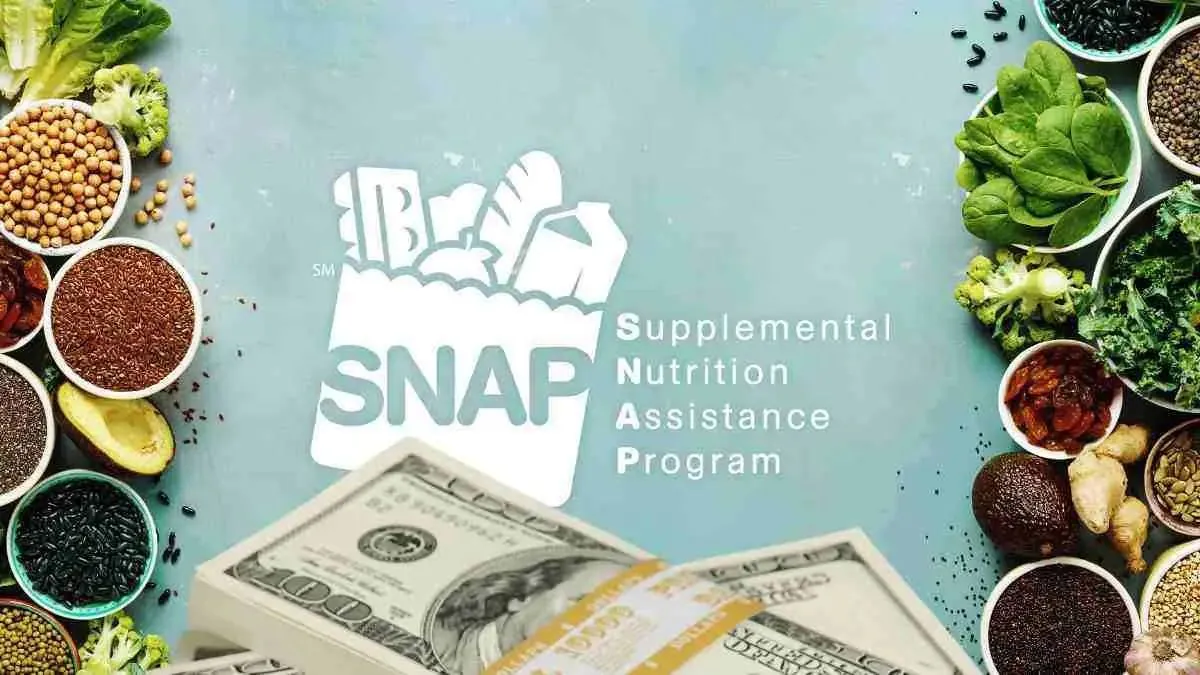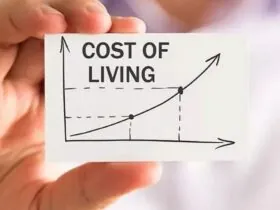The Supplemental Nutrition Assistance Program (SNAP) plays a critical role in combating food insecurity across the United States, particularly in times of financial hardship. As of October 1, 2024, SNAP has made significant updates to its income limits and benefit amounts. These changes, aimed at adjusting to the rising cost of living, are designed to ensure that more individuals and families have access to nutritious food. Below is a breakdown of the latest updates to SNAP, with a particular focus on students who may benefit from these adjustments.
Increased Income Limits for SNAP Eligibility
This Article Includes [hide]
One of the key updates to SNAP is the increase in income limits, making the program more accessible to low-income individuals and families. The new monthly income limit for a single person to qualify for SNAP is now $2,510, which is a noticeable increase from previous years. This adjustment opens up opportunities for individuals who may have been just above the previous threshold and were unable to qualify for assistance.
For students, this change is especially impactful. Julia Morrill, the director of the Basic Needs Program at the University of Oregon, noted that the higher income limit now allows students who previously earned just above $1,500 per month to qualify. This shift is a welcome change, particularly for students who struggle to afford food while managing the costs of tuition and living expenses.
SNAP for Students: New Opportunities
Students have historically faced barriers to accessing SNAP benefits due to strict eligibility requirements. However, the updated criteria have made the program more inclusive. To qualify for SNAP, students must be enrolled in at least six undergraduate credits or five graduate credits. Additionally, they must meet at least one other qualifying condition, such as working a certain number of hours or having children who rely on them.
This update aims to make SNAP more accessible to students who often face financial strain. By allowing those with limited income to access nutritious food, SNAP is helping to reduce the financial burden of food insecurity for students, contributing to improved academic performance and overall well-being.
Eligible Purchases with SNAP Benefits
SNAP benefits are specifically designed to assist with purchasing food and non-alcoholic beverages. Beneficiaries can use their SNAP benefits at most grocery stores to buy a wide range of items, including fresh fruits and vegetables, meat, fish, bread, cereals, and other essential products. However, there are restrictions. SNAP benefits cannot be used to buy tobacco, alcohol, vitamins, medications, or non-food items. Additionally, the program does not cover hot or prepared foods, such as those sold at delis or fast food restaurants.
For students, having access to these benefits means they can buy healthier, more nutritious food items that are essential for maintaining a balanced diet. This access to nutritious options can have a positive impact on both physical health and academic performance.
How to Apply for SNAP as a Student
Applying for SNAP benefits can seem daunting at first, especially with the necessary documentation. However, students at universities like the University of Oregon have resources available to guide them through the process. Students can begin their application online through the Oregon Department of Human Services website or by visiting a local office. After submitting the application, an interview with a social worker is required, which can be done in person or over the phone.
The Basic Needs Program at the University of Oregon provides additional support to students, helping them navigate the paperwork and answer any questions they may have about the application process. While the program staff cannot complete the applications on behalf of students, they offer vital assistance to help students secure the benefits they need.
Where Can You Use SNAP Benefits?
Most grocery stores across the country accept SNAP benefits, allowing participants to shop for food conveniently. For students at the University of Oregon, Agate Street Market in Unthank Hall is one of the few on-campus locations that accepts SNAP. This offers students a convenient option for buying packaged goods and deli items such as sandwiches and salads.
Having an on-campus store that participates in the SNAP program is a valuable resource for students, providing them with easy access to affordable food within a familiar setting.
SNAP Eligibility for Students with Meal Plans
Students living on campus with meal plans should be aware of specific restrictions regarding SNAP eligibility. If a student’s meal plan covers more than 51% of their food needs, they are generally ineligible for SNAP benefits. However, if the meal plan covers less than 50% of a student’s food needs, they may still qualify for SNAP, provided they meet other income requirements.
This restriction helps prevent students from receiving overlapping benefits, as meal plans are intended to cover a significant portion of their dietary needs while living on campus.
Supporting Healthy Eating Habits Through SNAP
Beyond providing financial assistance, SNAP also encourages healthy eating habits. With access to fresh produce, lean proteins, and other nutritious foods, SNAP recipients—especially students—are more likely to make healthier choices, which can improve their overall well-being. By reducing the financial stress of affording nutritious foods, SNAP enables students to focus on their studies, contributing to better academic performance and a higher quality of life.
Conclusion
The recent updates to the Supplemental Nutrition Assistance Program reflect the growing need to support individuals and families facing food insecurity. With increased income limits and more inclusive eligibility requirements for students, SNAP is providing crucial assistance to a broader group of people. By ensuring that more students have access to nutritious food, SNAP is playing an essential role in supporting their academic success and overall health.







Leave a Reply